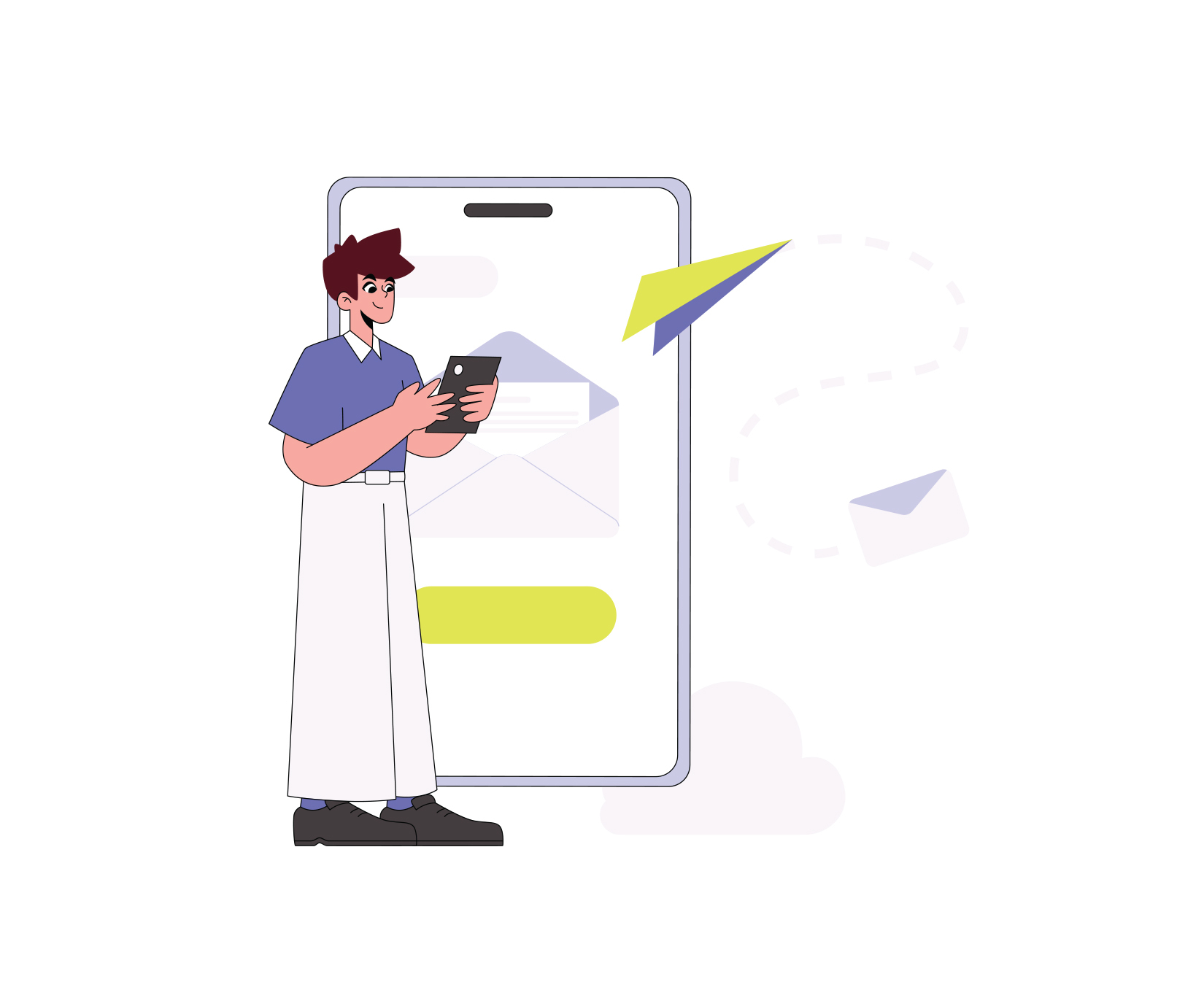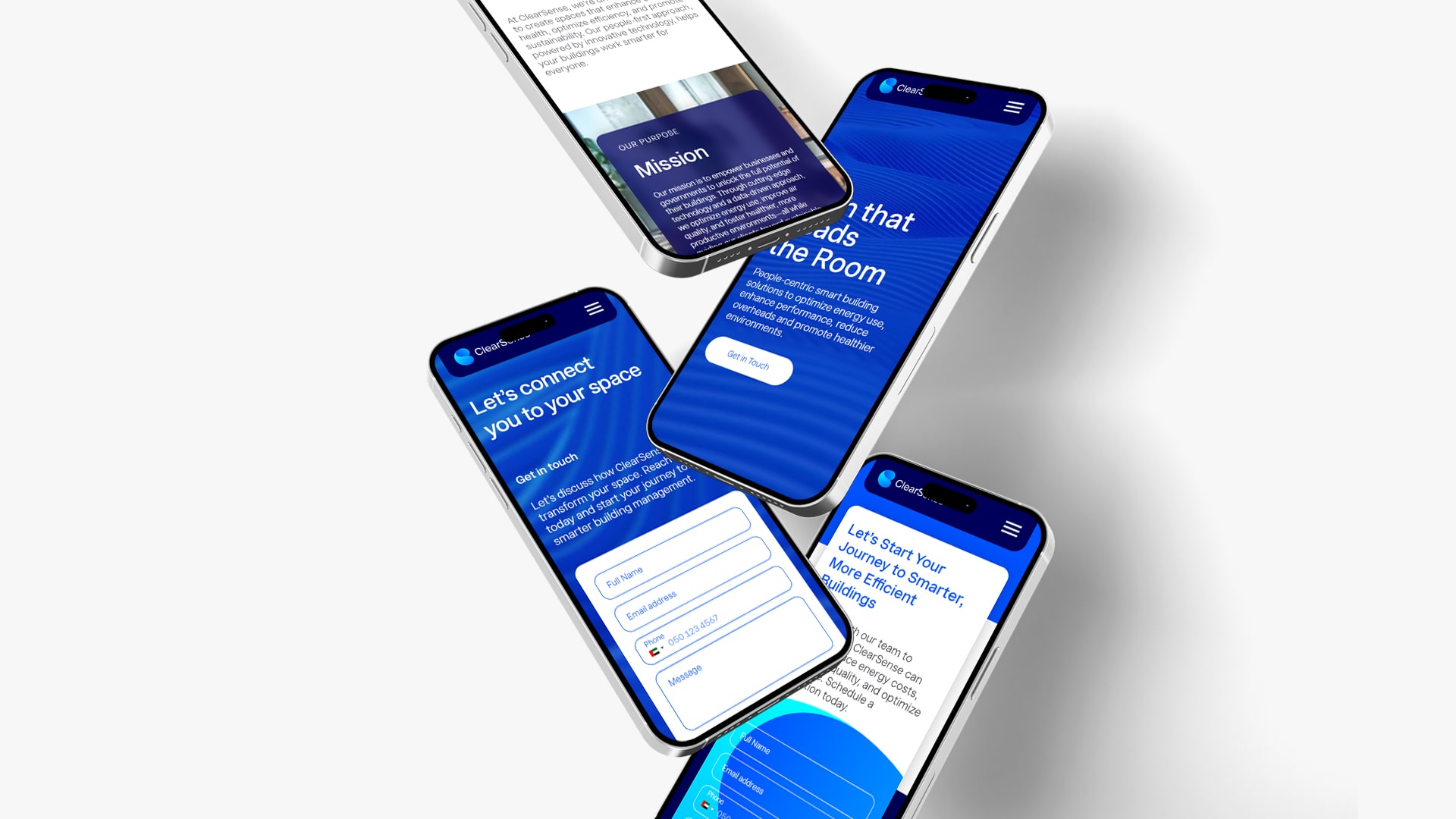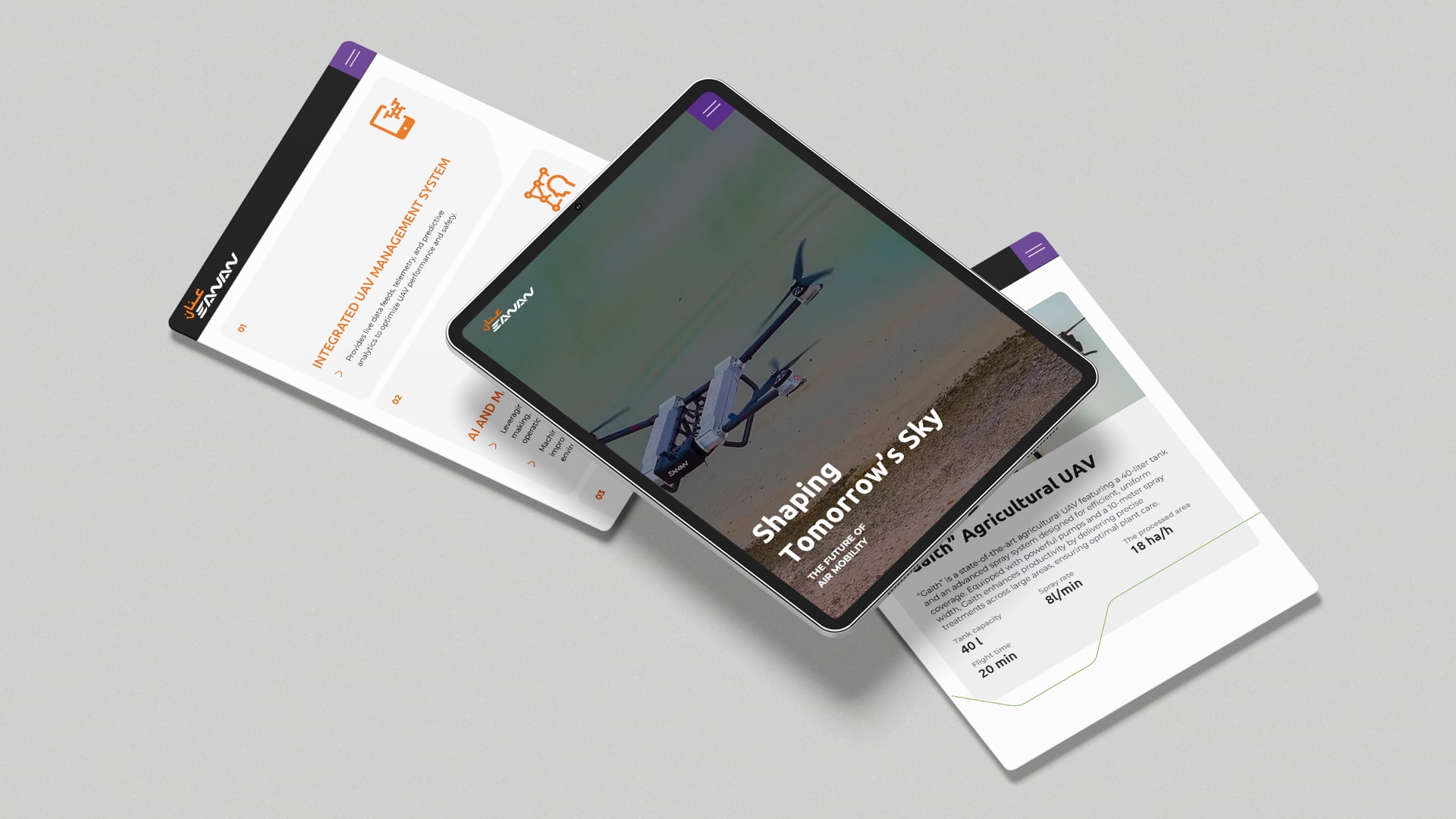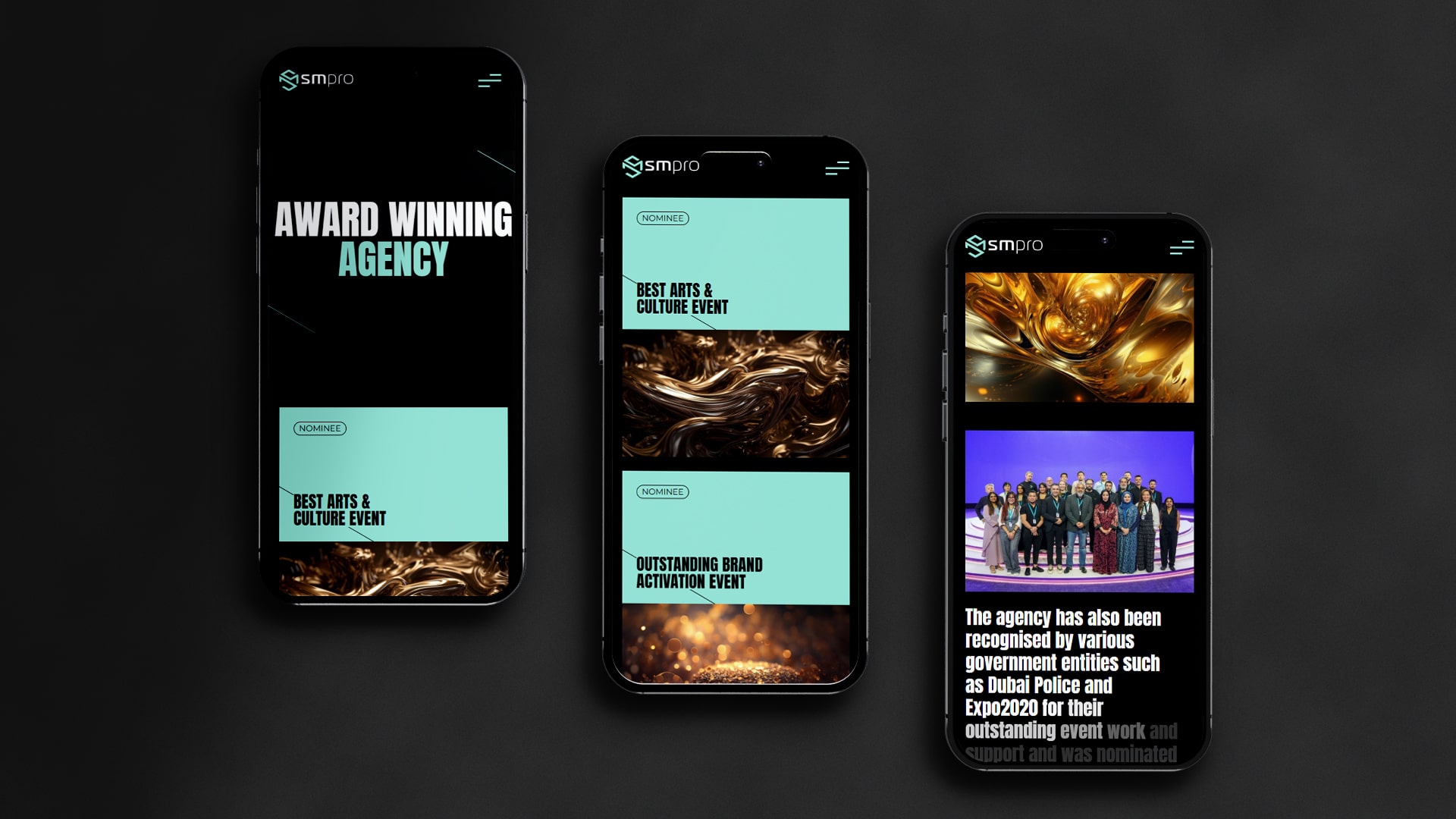If conversions are the goal, you need a clear, apples-to-apples look at how each channel performs for real businesses. That is exactly what this guide gives you. If you read carefully, you will know when to lean on emails, when to fire off texts, and how to combine both for the best possible results.
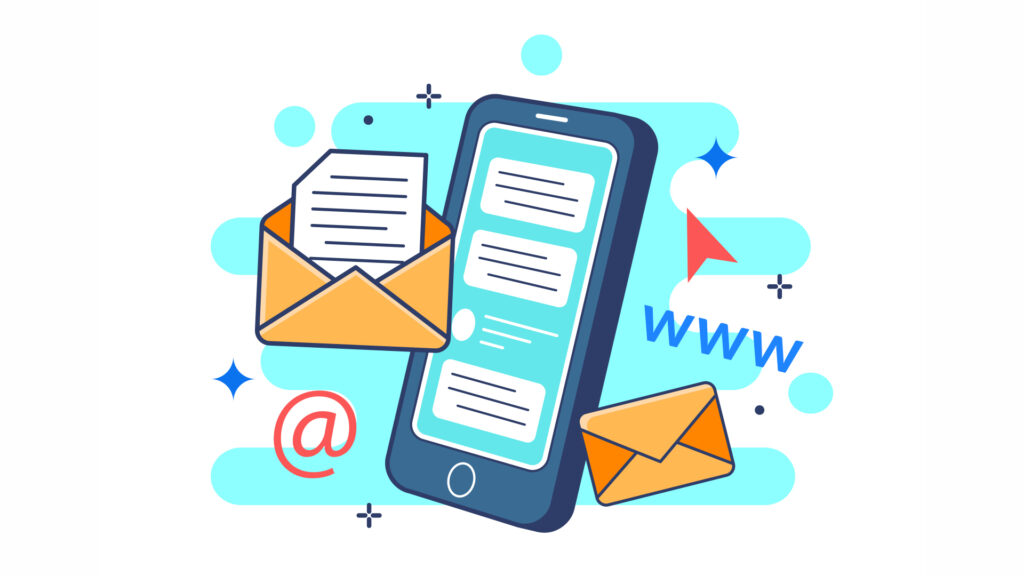
Email vs SMS Marketing: The quick takeaway
When someone pits email vs SMS marketing in a straight fight, the winner depends on context. Texts are instant and punchy. Emails are rich and scalable. In many cases, a smart combo beats either channel alone. That is the heart of any fair email marketing and SMS marketing comparison.
Email vs SMS: How people actually read and respond
Text messages land right inside the most personal inbox your customer has. Open rates are sky-high and most reads happen within minutes. Great for flash sales, delivery updates, appointment reminders, and urgent nudges. This is where many teams frame SMS marketing vs email marketing as an “urgency vs depth” decision.
Email gives you space. You can tell a story, educate, showcase visual product blocks, add social proof, and track richer behaviour. For product launches, onboarding flows, and newsletters that build brand, email carries the weight. That is why a balanced email vs SMS marketing approach often wins over a hard either-or stance.
ROI that leadership cares about
Budgets follow returns. On pure SMS vs email ROI, you need to match the message to the moment. Short, time-bound offers and reminders often lift conversion rates by cutting through noise. Longer-cycle decisions and higher-ticket items usually need education, comparison tables, and testimonials that email handles beautifully. When teams measure SMS vs email ROI over a quarter rather than a day, emails often show stronger cumulative revenue per subscriber, while texts shine on campaign-day spikes.
Text vs Email: What makes each channel convert
Texts convert when:
- The offer is urgent or limited.
- The action is simple, like tapping a unique short link.
- The audience is already warm and has opted in.
Emails convert when:
- The purchase needs explanation or trust-building.
- You can segment by behaviour and personalise content.
- You nurture over a sequence rather than a single blast.
- This is the nuance often missed in a quick email marketing and SMS marketing comparison.
Email vs Text: Craft subject lines that actually get clicks
For email, subject lines still make or break opens. Keep them clear, specific, and curiosity-driven. A single mention of subject line best practices here is a reminder to A/B test length, add preview text that completes the thought, and avoid clickbait. Inside the email, keep one primary call to action, a strong supporting visual hierarchy, and short paragraphs.
For texts, lead with the value, keep it within the traditional 160-character mindset, and use one clean link. If appropriate, include a customer name or last purchased item. The more direct the better. SMS marketing thrives on clarity.
Things You Need To Know: Compliance and trust
Consent is non-negotiable for both channels. Provide a clear opt-in and easy opt-out. Respect quiet hours, especially for texts. Trust drives deliverability. Deliverability drives conversions. The tighter your hygiene, the better your results in any honest email marketing and SMS marketing comparison.
Segmentation and timing
Segmentation multiplies results. Use behaviour, lifecycle stage, and past purchases to trigger the right message on the right channel. A cart-abandon sequence could start with an email that shows benefits and answers objections, followed by a short reminder text later that day. This sequencing flips the usual SMS marketing vs email marketing debate into a “work together” plan.
Timing matters. Emails often perform well in early mornings and early evenings. Texts do best just before key decision windows, like lunch breaks or right after work. Think in terms of micro-moments: what is your customer doing when the message arrives, and how fast can they act?
Tools and tactics to scale
You have plenty of email marketing tools that integrate with e-commerce, CRMs, and analytics. Choose platforms that support automation, dynamic segments, and event-based triggers. Build flows for the types of email campaign that consistently convert, such as welcome series, post-purchase upsells, re-engagement nudges, product education, and review requests.
On the text side, make sure your platform supports two-way messaging, link tracking, and compliance management. Tag conversations so sales or support can jump in when needed. SMS marketing doubles as a service channel, which boosts loyalty and future conversion rates.
Practical playbook – what to send, and where
Product launch: Start with an educational email that introduces the problem and solution, followed by a short text on launch day with a link to the offer. This setup turns email vs SMS marketing from a duel into a relay.
Abandoned cart: Email with benefits, FAQs, and social proof within one hour. Text reminder later with a simple “Still thinking about it?” nudge.
Time-bound sale: Kick off with a bold text at the start, reinforce with an email full of bundles and comparisons, finish strong with a last-chance text.
Onboarding: A sequence of emails that teaches value over a week, supported by occasional milestone texts for key activations. This reframes SMS marketing vs email marketing as complementary, not competitive.
Measurement that keeps you honest
Track the basics: open or delivery rate, click-through, conversion rate, average order value, revenue per message, and unsubscribe. For email, add heatmaps and time-to-click. For texts, track response time and opt-out by campaign. Attribute fairly. Some conversions start with email and close on text, or the other way around. This is where an intelligent email marketing and SMS marketing comparison looks at journeys, not just last-click.
Common mistakes to avoid [SMS vs Email]
Whether it is sending emails or SMS, don’t go all guns blazing. Here are some common mistakes to avoid.
- Over-texting. Frequency fatigue hits faster on mobile.
- Bloated emails with five competing CTAs.
- Ignoring mobile design for email. Most opens happen on phones.
- Failing to segment. Batch-and-blast drags both channels down.
- Skipping tests. Small experiments in copy, timing, and offers compound results.
Verdict: the real winner
The winner is the strategy that pairs both channels with intent. Use email for depth, education, and automation. Use text for immediacy, reminders, and high-intent nudges. Stack them in sequences so each message does one job brilliantly. In a head-to-head email vs SMS marketing comparison, context decides. In a joint plan, customers decide faster and convert more often. That is the smarter frame for SMS marketing vs email marketing and the only way to run a fair email marketing and SMS marketing comparison at scale.
Winding Up
If the plan is to lift conversions across a whole quarter, map your flows, set guardrails for timing and frequency, and commit to weekly tests. Build clear briefs, wire the data, and align messages to micro-moments along the journey. For guidance on strategy, copy, design, automation, and reporting, partner with a GTECH. We are a specialist email marketing agency in Dubai that understands both channels end-to-end.
Related Post
Publications, Insights & News from GTECH


